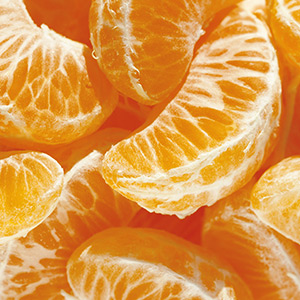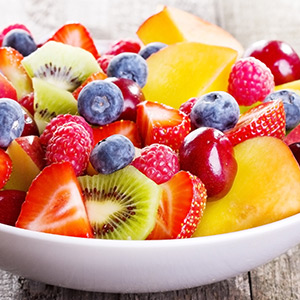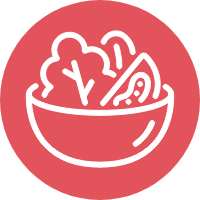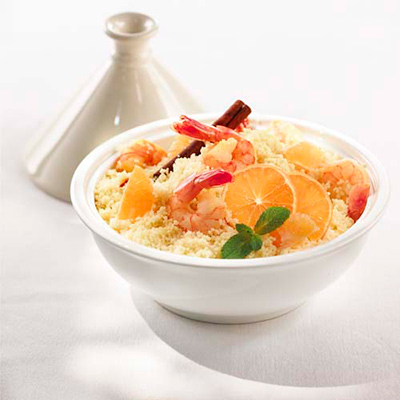- Strawberries
- Cook With Apples
- Grapes
- Grapefruit
- Lemons
- Cabbage
- Asparagus
- All About Bulb Vegetables
- All About Cruciferous Vegetables
- Squash
- All About Root Vegetables
- The Gift of Spice
- Thyme
- Basil
- Raspberries
- All About Tuber Vegetables
- Marjoram / Oregano
- Lemongrass / Citronella
- All Our Fruits, Vegetables and Fresh Herbs
- All About Exotic Fruits
- All About Legumes
- Cooking Pears: Three Inspirational Methods
Mandarins
All About Mandarins

Prized in India and China for over 3,000 years, the mandarin found its way to Europe and America in the 19th century. Today, the largest producers of mandarins are China, Spain, Brazil and Japan.
Characteristics
The mandarin looks like a small, slightly flattened orange with a thin, easy-to-peel skin. The sweet flesh is delicate and fragrant. The tangerine, clementine, tangelo and ugli fruit are hybrids of the mandarin and other citrus fruits.

Main varieties of mandarins

Mini honey mandarin
Very popular throughout Europe, the Emperor mandarin is now available at your local Metro store. Seedless, juicy and flavourful, this variety is sweeter, smaller and less acidic than a clementine.
Royal mandarin
Also known as temple orange or tangor, the royal mandarin is actually a cross between an orange and a tangerine. It is reddish-orange in colour and has a sweet flavour with a slight spiciness.
Honey mandarin
Also known as the Kinnow mandarin, the honey mandarin is aptly named because of its delicious, sweet flavour. This juicy variety has a thin, glossy skin, and the flesh has many seeds.
Satsuma mandarin
The Satsuma is a large mandarin with a pebbly, light orange skin that is easy to peel. The flesh is bright orange, quite fragrant and slightly tart.
Tips and advice

- Choose a mandarin that is heavy for its size with skin free of black marks, mould or soft spots.
- Because the mandarin's skin is thinner than that of the orange, use lighter pressure when zesting, cutting or peeling.
- Mandarin can replace oranges in many dishes.
- The mandarin is a great addition to salads and sauces.
Expert Tip
Use mandarin juice as a complement to ginger, five spices or soy sauce in marinades for pork or poultry.
Availability
Mandarins are available nearly year-round, except the month of April. They are most plentiful in November, December and January.
Nutritional value
The mandarin is an excellent source of vitamin A, which stimulates the immune system and plays a role in the prevention of cancer. After the orange, the mandarin and the tangerine are the citrus fruits which supply the most folic acid and potassium. Mandarins are also a good source of vitamin C.
Storage
Mandarins stored at room temperature will keep for about a week. To prolong their storage life, store mandarins in a cool (not cold) place. If they are kept in a plastic bag, make small holes in the bag to avoid condensation, which will damage the fruit.















